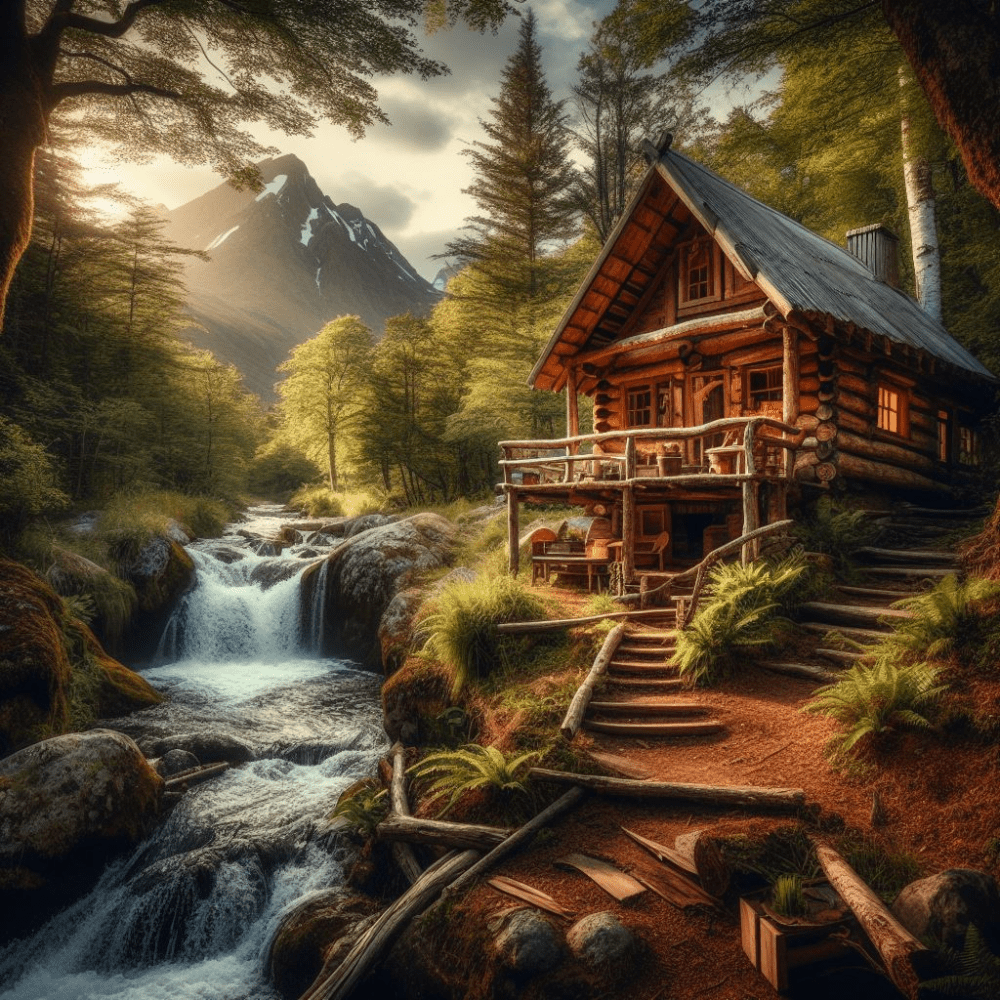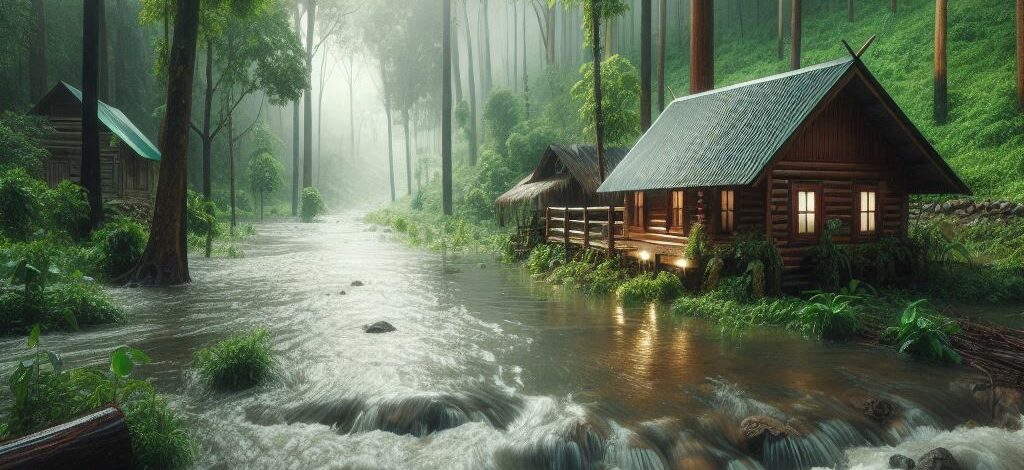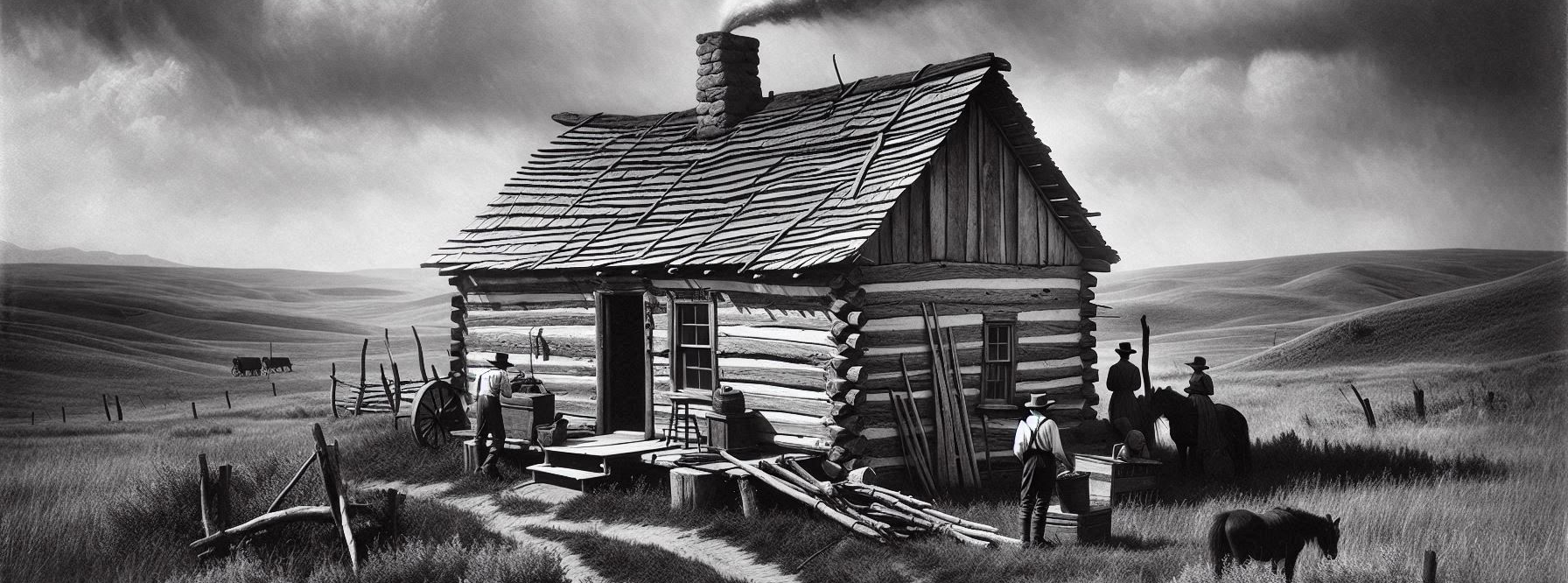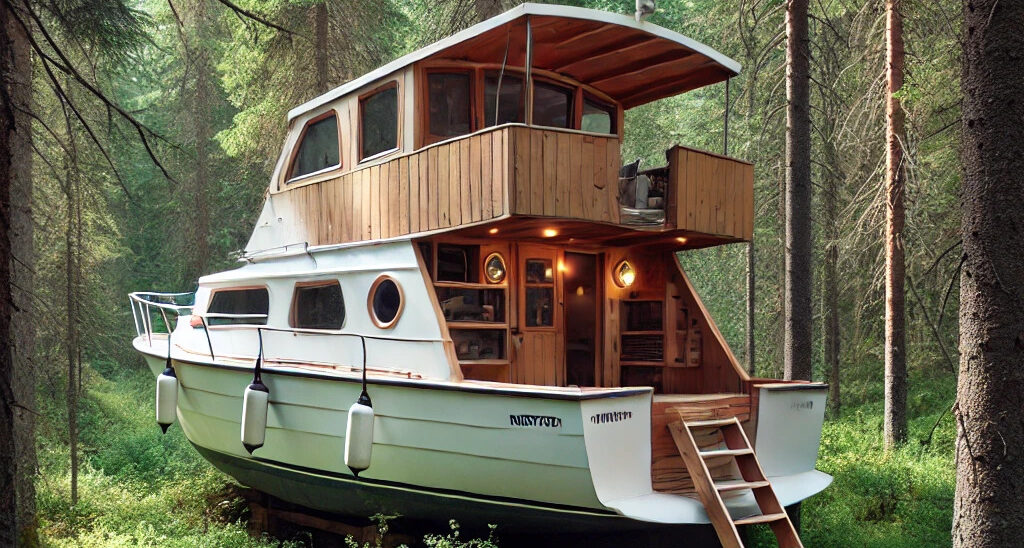Living near a river or stream can seem like a dream. The sound of flowing water, the beauty of nature right outside your door, it’s no wonder so many people are drawn to waterside homes. There’s something magical about waking up to the sight of a sparkling waterway—it’s like living in a perpetual vacation mode.
Riverside properties are rising stars in real estate. You get the best views, a sense of tranquility, and a chance to feel like you’re miles away from the hustle of city life, even if you’re not. These homes boast a premium that reflects their desirability, but they come with a certain weight of responsibility and awareness.
But there are less obvious things you need to consider. The charm can mask some serious risks. Understanding these hidden dangers is essential to making a smart decision. It’s all about assessing the balance between enjoying the view and anticipating the challenges that can come with it.
Beyond the aesthetic appeal, it’s crucial to think practically about safety and long-term living conditions. A beautiful view isn’t worth much if the home itself isn’t secure. By weighing the allure against the potential problems, waterside living can be more than just a picturesque fantasy—it can be a sustainable reality.
Environmental Impacts: Erosion and Ecological Disruption
Building close to rivers isn’t just about having a picturesque backyard. It carries a hefty environmental footprint that often goes unnoticed. The local ecosystem can be fragile, and human intervention usually means disruptions that can take years to fix.
Erosion is one of those under-the-radar issues. When you construct buildings near water, you basically shake up the natural stability of the landscape. The soil near rivers can get washed away more easily, especially during heavy storms or rapid water flow, leading to loss of land and even property damage.
Then there’s the water pollution angle. With construction, there’s often runoff filled with sediments and even chemicals that can seep into water streams. This not only mucks up the beauty of the river but also impacts the creatures that call it home. Aquatic life doesn’t have much of a fighting chance when their habitat gets invaded with unnatural elements.
Some real-world examples show communities learning the hard way. Entire areas have faced ecological ruin just because the balance was tipped too far in favor of development instead of sustainability. It’s not just about the here and now; it’s about preserving nature’s balance for the future.
Remember, every decision to build near a river should consider these ecological factors. It’s possible to enjoy the perks without compromising the environment. Adopting a responsible approach can mean the difference between a thriving ecosystem and an environmental disaster.
Human Risks: Flooding, Health Hazards, and Safety Concerns
When thinking about a home by the river, it’s all too easy to skip straight to daydreams of lazy afternoons by the water, but flooding is a very real risk that demands attention. With climate change altering weather patterns, flooding is no longer a once-in-a-lifetime event. It’s happening more frequently and with greater intensity, leaving many homeowners underprepared.
Health implications come next. When floodwaters rise, they often bring along infectious agents and contaminants. This can pump up the risk of waterborne diseases, which isn’t exactly the type of excitement anyone signed up for. Beyond just the immediate health risks, the aftermath of a flood often leaves mold and other problems that can impact respiratory health.

Structural damage is not a silent partner in riverside living either. Floods can wreak havoc on your home’s integrity and lead to expensive repairs or, worse, irreversible damage. Reinforcing these structures can help, but it’s a constant worry and a financial burden that’s better addressed sooner rather than later.
Even financially, there are hurdles. Insurance premiums for homes in flood-prone areas can be astronomical. In some cases, securing insurance might not even be possible, impacting both peace of mind and resale value. Understanding these insurance dynamics is a must for anyone considering making a riverside home their own.
Mitigation Strategies and Sustainable Living Solutions
Crafting a sustainable existence near rivers requires a few smart strategies. The first step is adopting resilient architecture. This might mean elevating structures or using flood-proof designs that can stand the rigors of nature. If you’re building from scratch, working with architects who specialize in resilient designs is a solid choice.
Environmental regulations are key players here. Navigating them can feel like a tangled web, but they exist with good reason. These laws help ensure that any new construction respects local ecosystems and doesn’t worsen the potential for flooding or erosion. It’s a good idea to get familiar with these from the get-go to avoid any future roadblocks.
Communities near rivers can benefit hugely from pulling together. Whether it’s developing shared barriers or creating emergency response plans, community efforts can bolster individual resilience. Collaboration not only makes these regions safer but fosters a sense of togetherness among residents.
Looking beyond mere survival, sustainable living by rivers also involves respecting natural water pathways. It means considering how landscaping can help absorb excess rainfall or redirect water flow in safe ways. Sustainable living isn’t just an option—it’s a necessity when it comes to maximizing both enjoyment and safety along a riverside.
A proactive approach melds safety with the joys of waterside life. By understanding the potential risks and actively working towards mitigation, those idyllic riverside dreams can remain firmly in the realm of reality.





